
Can You Take a Mobility Scooter on a Bus? – The Complete UK Guide
Picture this: your mobility scooter is fully charged, and you’re ready for a day out. But then a question hits: “Can you take a mobility scooter on a bus?” Many mobility scooter users face this challenge daily, especially when using public transport outside of London. Fortunately, bus travel in the UK is becoming increasingly accessible—but it comes with rules, permits, and training to ensure safety for all passengers.
This guide explains whether you can take a mobility scooter on a bus, covering scooter types and size requirements, UK bus operator policies, London TfL rules, Stagecoach permits, safety tips, step-by-step permit applications, and common FAQs for scooter users.
Can You Take a Mobility Scooter on a Bus? Types of Scooters
In the UK, whether you can take a mobility scooter on a bus depends on the scooter’s type, size, weight, and the policies of the bus operator. Not all bus companies allow mobility scooters, so it’s always best to check with your local operator before travelling.
Generally, only Class 2 scooters (designed for pavement use and with lower speeds) are permitted on buses. Class 3 scooters (road-legal and faster models) are usually not allowed. In addition, mobility scooters must normally meet certain size limits — typically no more than 600 mm wide and 1,000 mm long, with a turning radius under about 1,200 mm to ensure safe manoeuvring inside the bus.
There are also weight restrictions. The combined weight of the scooter and user usually cannot exceed around 300 kg, as this is the safe limit for most bus ramps and access systems. Many bus companies also require passengers to apply for a permit to travel. This usually involves an assessment of the scooter to confirm it is safe and suitable for bus travel.
When boarding, scooters must enter the bus via a ramp, facing forward, and be parked in the designated wheelchair or mobility aid space. The scooter should be switched off, secured, and left in gear. However, if the space is already occupied (for example, by a wheelchair), the bus driver may not be able to let the scooter board.
Class 2 Scooters
-
Designed for pavements and indoor use
-
Maximum speed: 4 mph
-
Usually allowed on buses if they meet size and turning radius requirements
Class 3 Scooters
-
Built for road use, speeds 6–8 mph
-
Equipped with lights, hazard signals, and manual brakes
Can You Take a Mobility Scooter on a Bus? – Meet the iSinwheel X02

If you’re wondering, can you take a mobility scooter on a bus? It helps to start with a scooter that’s designed to fit bus-friendly requirements. The iSinwheel X02 is an affordable, compact, and reliable option that meets the size and Class 2 standards accepted by most UK bus operators.
Key Specifications of X02 Mobility Scooter:
|
Feature |
Specification |
|
Motor |
250W rear-wheel drive |
|
Maximum Speed |
5 mph |
|
Maximum Range |
12.4 miles |
|
Climbing Ability |
Up to 20° inclines |
|
Load Capacity |
264 lbs (120 kg) |
|
Seat |
Swivel and adjustable |
|
Handlebars |
Rotatable |
|
Tyres |
Solid and durable |
|
Basket |
Large capacity for essentials |
|
Lights |
Bright front light for visibility |
|
Certification |
UKCA certified |
Why the X02 is a great choice for bus users:
-
Affordable with free delivery
-
Compact, bus-friendly dimensions
-
Comfortable and easy to manoeuvre
-
Handles slopes and urban terrain with ease
-
Includes practical features like a basket, a cup holder, and a light
-
Backed by a 2-year warranty and UK support
Can You Take a Mobility Scooter on a Bus? Size and Weight Requirements
If you’re wondering, can you take a mobility scooter on a bus? One of the most important factors is whether your scooter meets the size and weight requirements set by most UK bus operators. For a Class 2 mobility scooter to be allowed on a bus, the following limits typically apply:
-
Maximum width: 600mm – This ensures the scooter can fit comfortably in the designated wheelchair/mobility space without blocking the aisle or emergency exits.
-
Maximum length: 1000mm – A shorter scooter allows for easier manoeuvring inside the bus, making it safer for both the user and other passengers.
-
Maximum turning radius: 1200mm – This ensures you can turn and position your scooter safely within the space provided, particularly when reversing into the wheelchair bay.
-
Total weight (scooter + user) within ramp Safe Working Limit (SWL), typically 300 kg – Bus ramps have a maximum safe load, and staying within this limit is crucial to avoid accidents or damage to the vehicle.
Can You Take a Mobility Scooter on a Bus? Bus Operator Rules
When asking Can you take a mobility scooter on a bus, it’s important to know that UK bus operators are not required to carry them. However, many follow the CPT Code of Practice, which sets clear standards for safety and accessibility.
-
Assessment: Operators check that your scooter meets size and weight rules and that you can manoeuvre it safely.
-
Training: Most companies require short on-bus training to show you can board, reverse into the wheelchair space, and park correctly.
-
Safety: Scooters must be in good condition—no leaks, exposed wires, or unsafe modifications.
These rules ensure mobility scooter users can travel safely while keeping buses accessible for everyone.
Can You Take a Mobility Scooter on a Bus? – The Permit for Travel
Most UK bus operators require a Permit for Travel before you can take a mobility scooter on a bus. This permit confirms that your scooter meets the size, weight, and safety requirements and that you have completed the necessary training. Once approved, permits usually last for several years, so you won’t need to repeat the assessment each time you travel. Training typically includes learning how to use the bus ramps safely, reversing and parking in the designated wheelchair space, securing the scooter by switching off the motor and leaving it in gear, and using the handrails for extra stability.
Can You Take a Mobility Scooter on a Bus? – Rules for Safe Travel
If you’re wondering, can you take a mobility scooter on a bus? It’s equally important to know the rules once you’re on board. To ensure a safe journey for yourself and others, you must use the designated wheelchair or mobility space for parking your scooter. If this space is already occupied, unfortunately, you will not be able to travel. Always switch the motor off and leave the scooter in gear to prevent movement during the ride. Passengers should remain seated on their scooters and make use of the handrails for extra stability. Finally, keep your scooter in good working order and avoid overloading it with shopping bags or cargo, as this could make it unstable or unsafe on the bus.
Can You Take a Mobility Scooter on a Bus in London?
In London, the rules differ slightly because Transport for London (TfL) operates under its own Mobility Aid Recognition Scheme. If you’re asking, can you take a mobility scooter on a bus in London, the answer is yes—but only if your scooter meets TfL’s requirements.
Your scooter must be a Class 2 model and fit within TfL’s strict size limits of 600mm wide, 1000mm long, and a turning radius no greater than 1200mm. As part of the application, TfL provides training to ensure you can safely board the bus, park in the designated area, and alight without risk.
Another benefit is that London bus drivers are expected to accept permits from other bus companies that follow the CPT Code of Practice. This gives scooter users more flexibility when travelling across different networks.
Can You Take a Mobility Scooter on a Stagecoach Bus?
Stagecoach allows certain Class 2 mobility scooters that meet the CPT’s size and weight requirements, but you must first apply for a Stagecoach mobility scooter permit. As part of the process, users are given training to ensure they can safely board the bus, park in the designated wheelchair space, and alight without difficulty. Even if your scooter fits the size limits, drivers may refuse access if you do not hold a valid permit, so applying in advance is essential for smooth travel.
Can You Take a Mobility Scooter on a Bus? UK Buses Comparison Table
|
Operator |
Scooter Class Allowed |
Permit Required |
Training Required |
Contact Info |
|
Stagecoach |
Class 2 |
Yes |
Yes |
Local depot / Stagecoach website |
|
First Bus |
Class 2 |
Yes |
Yes |
Local depot / First Bus website |
|
Arriva |
Class 2 |
Yes |
Yes |
Depot / Arriva website |
|
National Express |
Foldable scooters only |
No |
N/A |
Customer service |
|
TfL (London) |
Class 2 |
Yes (Mobility Aid Card) |
Yes |
020 3054 4361 / travelmentor@tfl.gov.uk |
Can You Take a Mobility Scooter on a Bus? – Costs and Permit Charges
A key question for many is, "Can you take a mobility scooter on a bus?"—and how much it costs. The good news? Most bus operators in the UK do not charge for scooter permits.
Free Permits Nationwide
Fortunately, most UK bus operators offer mobility scooter permits free of charge. The application, assessment, and training process are usually included at no cost, ensuring that accessibility remains a priority. For example, operators that follow the CPT code provide free assessments to check whether your scooter meets the required size and safety standards.
TfL’s Mobility Aid Recognition Scheme
Transport for London (TfL) also issues its Mobility Aid Recognition Scheme permits without fees, along with optional training to help users board and park safely. Overall, while you must apply for and obtain a permit before travelling, you won’t need to worry about paying extra, making bus travel with a scooter more accessible and affordable.
Step-by-Step: How to Apply for a Mobility Scooter Bus Permit
If you’re wondering, can you take a mobility scooter on a bus? The answer usually depends on whether you have a valid Permit for Travel. Most major UK operators (Stagecoach, Arriva, First Bus, and TfL) require one before allowing mobility scooters on board. The process is straightforward and ensures safety for both the scooter user and other passengers.
Here’s how to apply, step by step:
-
Step 1 – Contact your bus operator:
Get in touch with the company you’ll be travelling with. Each operator runs its own scheme, so permits are not always transferable between bus companies. -
Step 2 – Book a scooter assessment:
You’ll be invited to bring your scooter to a local depot or arrange a meeting at a bus stop. Staff will check the dimensions, weight, and turning radius of your scooter against CPT guidelines (max width 600mm, length 1000mm, turning radius 1200mm). -
Step 3 – Complete on-bus training:
The operator will show you how to safely board using the ramp, reverse into the designated wheelchair space, switch off the motor, and secure your scooter in gear. This ensures you can manoeuvre confidently without delaying the service. -
Step 4 – Receive your permit:
If both you and your scooter pass the assessment, you’ll be issued a Permit for Travel (or, in London, a Mobility Aid Recognition Card). This card lets drivers know your scooter is approved for use on buses. -
Step 5 – Use and renew your permit:
Permits typically last for several years (often 3–5 years), after which you may need to reapply or renew. If you change scooters, you must apply again to have the new model assessed.
Tips for Smooth Mobility Scooter Travel
-
Check scooter dimensions before travelling: Only Class 2 scooters that meet CPT size and weight limits are typically allowed when asking Can you take a mobility scooter on a bus.
-
Apply for permits early: Assessments and training take time, so applying in advance avoids delays in your travel plans.
-
Travel off-peak for easier boarding: Quieter times mean more space to manoeuvre and a smoother experience.
-
Keep your scooter well-maintained: Operators may refuse access if your scooter has leaks, faulty electrics, or unsafe modifications.
-
Practice during training: Use your permit training to learn how to board head-on, reverse into the wheelchair space, and switch off the motor once parked.
-
Check double-decker accessibility: Not all vehicles have ramps or designated spaces, so confirm with the operator before travelling.
Final Thoughts
Travelling with a mobility scooter is easier than ever if you follow the rules and have the right Permit for Travel. Most UK buses allow Class 2 scooters, and London has its TfL Mobility Aid Recognition Scheme.
The iSinwheel X02 is a budget-friendly, compact option that fits bus requirements, offering comfort, safety, and independence. Plan, keep your scooter maintained, and enjoy stress-free travel around the city.
FAQs
How to travel with a mobility scooter?
Get a Permit for Travel, complete training, use the designated wheelchair space, keep the motor off, and plan your journey.
Are mobility scooters allowed on Stagecoach buses?
Yes, Stagecoach allows certain Class 2 scooters with a permit and proper training.
Are electric scooters allowed on buses in the UK?
Yes! Many bus operators in the UK allow small, foldable electric scooters to be brought on board. These compact scooters are easy to carry and stow, making them a convenient option for combining scooter travel with public transport. Standard-sized scooters may need to be folded or carried according to the operator’s guidelines, but foldable models make commuting seamless and flexible.
Can you put an electric scooter on a bus?
Only if it’s compact and foldable. Standard mobility scooters (Class 2) like the iSinwheel X02 are the preferred option.
The Latest Posts
Explore isinwheel products
City E Scooter | Off-Road Scooter
Fastest Scooter | Kids Scooters




















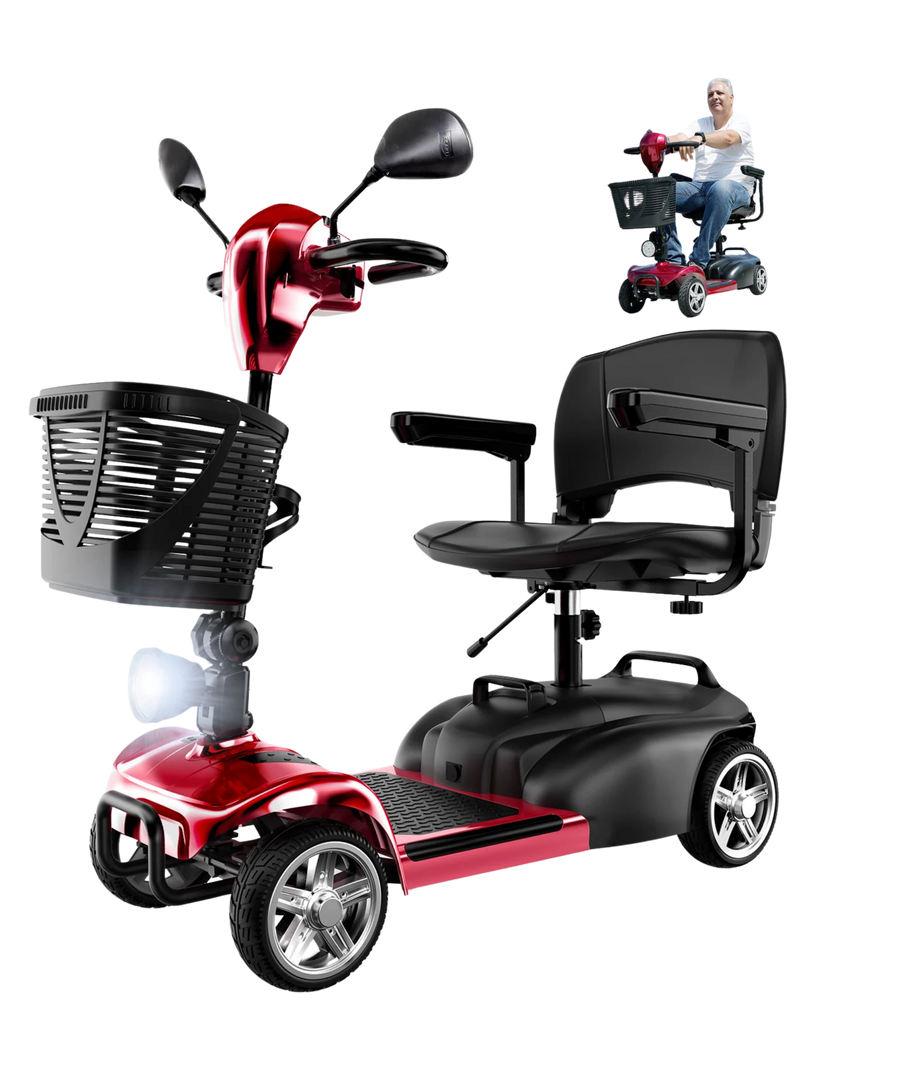


























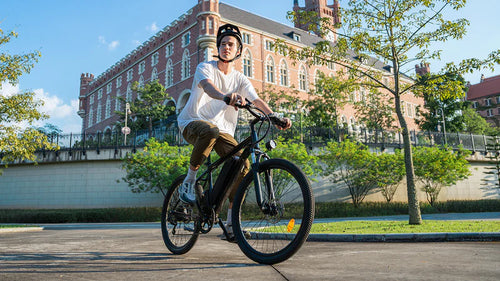
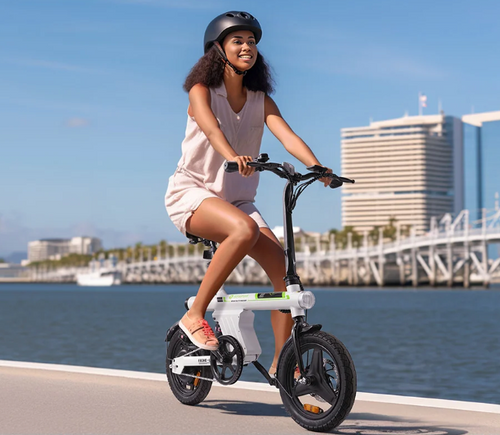






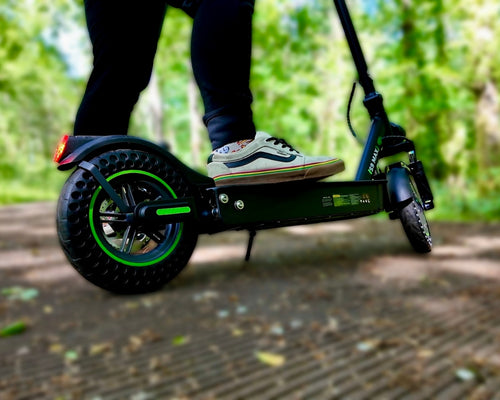
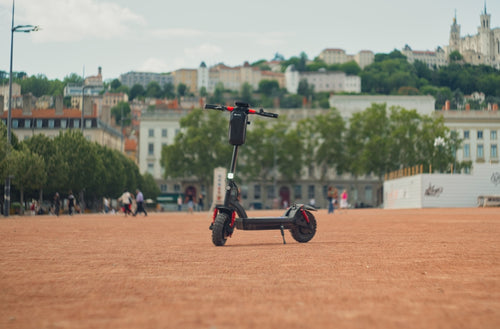
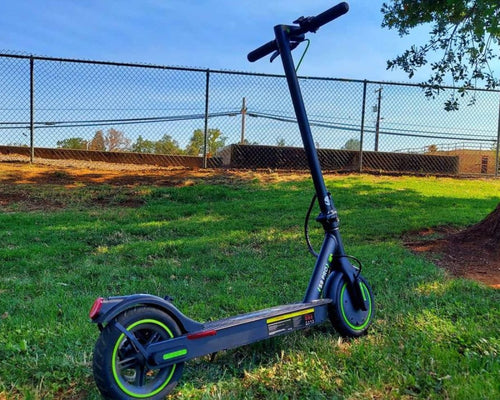





Leave a comment